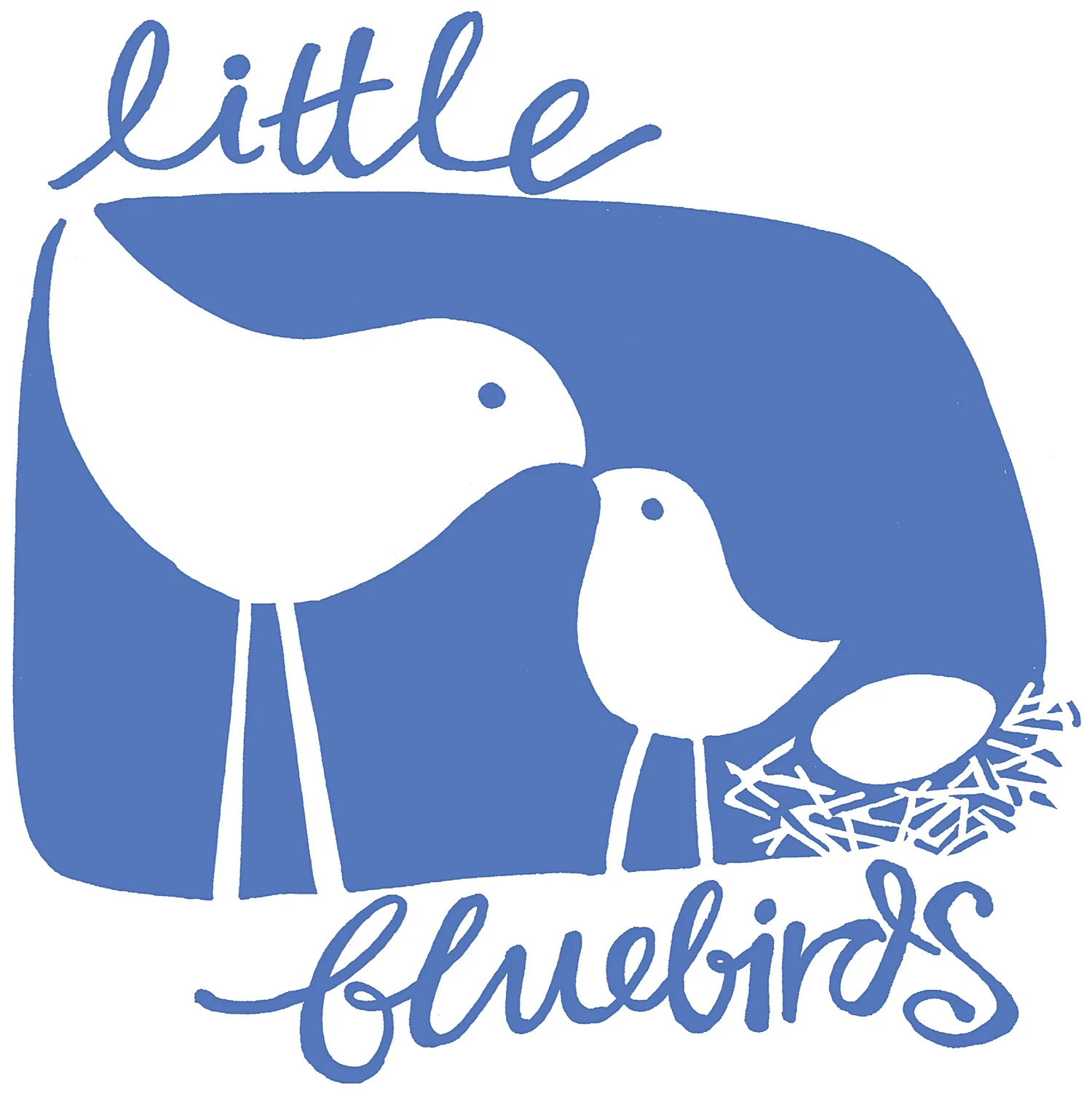Scrappy printing with plastic scraps
Plastic is not clearly the fantastic stuff our grandparents thought it would be. As I was putting this post together today the news reported (again) on the vast stockpiles of used plastic that have outgrown any local recycling capacity, and later tonight I’ll be tuning into the new season of War Against Waste, the compelling ABC tv show that looks closely at the ongoing battle with our own mess.
It’s so hard to avoid plastic though… just about everything from berries to biscuits seems to come in swathes of glossy film.
Today’s crafty fun doesn’t address or help this problem… but it does invite you to reuse, if only for just a short while, some of those discarded wrappings enroute to the bin.
Plastic has a smooth impervious surface that’s ideal for exploring and experimenting with the simplest form of printmaking… monoprinting. Monoprinting, as the name suggests is about making one ‘mono’ or solo print at a time, unlike other forms of printing that allow a design to be repeated again and again. By using a few simple materials you and the kids can dabble in this age-old artform together while having fun and exploring colours and the way they mix, merge and change
What you’ll need:
some discarded clear plastic wrapping… ideally something stiff like a cellophane bag or an old ziplock bag
washable textas (these dissolve when wet)
a dark crayon or permanent marker (these colours do not dissolve when wet)
a sheet of white paper
water in a cup
something to drop or splash the water onto the paper: a brush, dropper or teaspoon
paper towel
What to do:
Invite your child to draw on the paper with a crayon or permanent marker.
Place the cellophane bag on top and use textas to scribble some patches of colour directly onto the bag. You’ll find different colours work differently, but that’s all part of the fun.
Drop a little bit of water onto your drawing on the paper.
Place the drawn-on side of your plastic bag down onto the puddle on the paper - you’ll see through the clear plastic where to position it, although its very tricky to be precise. and press the back of the plastic lightly with your hand. The texta coloured areas will become wetter and then transfer off the plastic and onto the paper.
Peel up to see a delightfully colourful splodge enhancing the original drawing!
Keep dabbling! Look out for colours merging, and changing into new colours. Mix things up… try printing first, let the colours dry, then draw on top. Chop up the paer and use it to make cards. Explore, experiment, invent… and have fun X
These swirls of colour were printed directly onto the dampened scribble on the right.
Watch how the colours meet and blend once they connect with the water.
Any image will do.
Add colours loosely and boldly by scribbling directly onto the surface of the plastic bag.
Here’s the crayon drawing ready to be printed onto.
Here’s the drawing after being overprinted with the wet texta colours.
To darken the colours, print over the image a second time.












